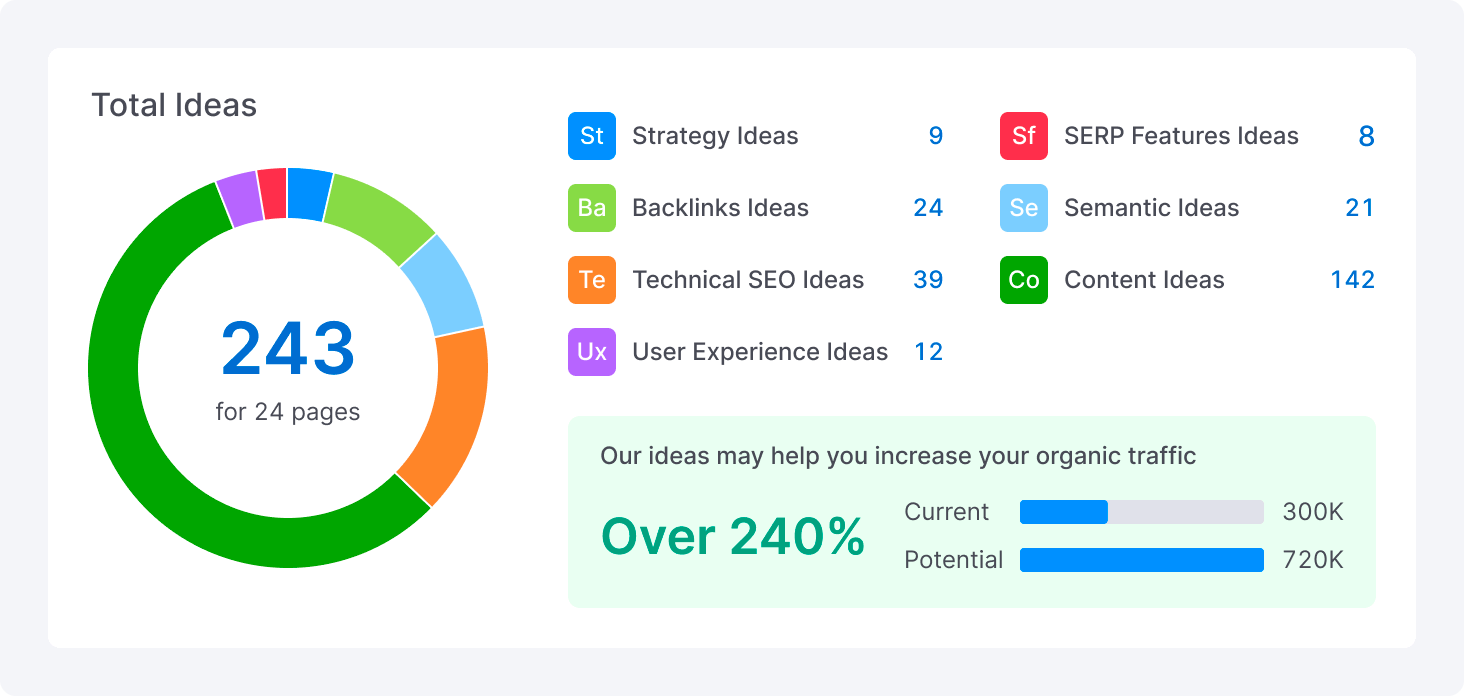Navigating the Unknown: Non-default Mediums in Google Analytics and SEO
Wiki Article
Unveiling the Unconventional Mediums in Google Analytics Beyond Default Setups
In the world of electronic analytics, Google Analytics stands as a foundation for businesses looking for to recognize their online visibility. While default setups supply valuable understandings, real depth of understanding lies in exploring the unconventional tools that frequently go undetected. By venturing beyond the surface area and diving right into the intricacies of social networks information, e-mail project efficiency, reference website traffic resources, straight traffic patterns, and custom channel groupings, a bonanza of info awaits those ready to accept a much more nuanced technique. Nonetheless, what exists underneath these unusual tools might simply redefine exactly how services view and strategize their on the internet efforts.
Leveraging Social Media Site Insights
Sometimes neglected, yet greatly useful, is the practice of leveraging social media sites insights within the world of Google Analytics. By integrating information from platforms like Facebook, Twitter, Instagram, and LinkedIn right into Google Analytics, companies can get a deeper understanding of their audience and the efficiency of their social media projects.Via this integration, marketing experts can track and analyze customer actions on their site that originates from social media sites systems. They can identify which social media channels are driving one of the most traffic, which web content is resonating with the audience, and which campaigns are converting one of the most leads. This understanding permits data-driven choices to maximize social media techniques and enhance total advertising and marketing performance.
Furthermore, by combining social networks understandings with Google Analytics, services can develop more targeted and personalized projects - what is not considered a default medium in google analytics. They can use demographic information, passions, and online behaviors collected from social media sites to improve their target market division and supply customized messages that reverberate with certain client groups. This targeted method can result in greater involvement, increased conversions, and eventually, boosted roi
Uncovering Email Project Efficiency
Uncovering Email Campaign Efficiency involves analyzing vital metrics and efficiency signs to assess the effectiveness of e-mail advertising and marketing initiatives. When delving into e-mail campaign performance, it is crucial to analyze metrics such as open prices, click-through rates, conversion prices, and unsubscribe rates. Open up prices indicate the percent of recipients who opened up the email, giving understanding into the performance of subject lines and sender names. Click-through rates measure the percent of recipients that clicked on web links within the email, revealing interaction levels. Conversion prices track the percentage of receivers who finished a desired activity after clicking on a web link in the email, such as buying or signing up for an e-newsletter. Lastly, unsubscribe prices highlight the number of receivers that chose out of obtaining additional emails, clarifying e-mail content top quality and relevance. By evaluating these metrics, online marketers can adjust their email campaigns for far better interaction and efficiency.Analyzing Referral Web Traffic Resources
After assessing the performance of e-mail campaigns through vital metrics such as open prices and conversion rates, the next vital action is assessing referral web traffic resources in Google Analytics to recognize where internet site site visitors are originating from and just how they interact with the site. Referral traffic resources describe the websites that direct individuals to your site with clickable links. By delving into this data, companies can acquire insights into which external platforms are driving traffic to their site, whether it be social media systems, companion internet sites, or on-line directory sites.Assessing reference website traffic find this can give beneficial details on the efficiency of outside advertising efforts and collaborations. It aids services determine high-performing referral sources that add dramatically to internet site traffic and conversions. By understanding the habits of site visitors coming from various reference resources, companies can tailor their advertising and marketing methods to optimize interaction and conversions. Google Analytics uses detailed records on reference web traffic, allowing services to track the performance of each reference source precisely and make data-driven decisions to improve their on-line existence.
Discovering Direct Traffic Patterns
Exploring the direct web traffic patterns in Google Analytics supplies useful understandings right into customer actions and the effectiveness of campaigns - what is not considered a default medium in google analytics. Direct traffic refers to site visitors that land on a website by directly typing the link right into their internet browser, making use of book marks, or clicking untagged web links. Recognizing straight web traffic patterns can assist marketers evaluate the influence of offline advertising and marketing initiatives, brand name recognition, and the effectiveness of word-of-mouth referralsBy delving right into straight web traffic data, businesses can reveal critical details regarding have a peek here individual intent and brand loyalty. Assessing the actions of straight visitors, such as the web pages they see, the moment spent on site, and the conversion rate, can provide a much deeper understanding of customer involvement and the general efficiency of the website in transforming site visitors into customers.
In addition, tracking straight traffic patterns over time permits services to determine trends, seasonality results, and the success of certain campaigns or promotions in driving direct visits. This details can then be made use of to fine-tune marketing strategies, enhance website web content, and improve the overall customer experience to maximize conversions.
Making Use Of Customized Network Groupings
Using custom network collections in Google Analytics allows services to categorize and examine their site web traffic based on certain criteria, supplying valuable understandings for maximizing advertising approaches. Custom network groups allow firms to create their very own tailored collections of website traffic sources, such as social media sites, organic search, email projects, and reference traffic. By defining these groups, companies can obtain a deeper understanding of how different advertising networks add to their web site web traffic and conversions.This attribute is especially beneficial for organizations with diverse marketing approaches across different platforms. As an example, a business running both paid and organic social media projects can differentiate between both to evaluate their individual performance accurately. Furthermore, personalized network collections can aid identify any overlooked or ignored traffic resources that may be driving important interaction.
Final Thought

By venturing beyond the surface area and delving into the ins and outs of social media data, email campaign efficiency, reference traffic resources, straight website traffic patterns, and customized network groups, a prize trove of info waits for those eager to embrace a more nuanced technique. They can recognize which social media networks are driving the most traffic, which content is resonating with the audience, and which campaigns are transforming the most leads.After reviewing the efficiency of e-mail campaigns through essential metrics such as open rates and conversion rates, the following vital action is over at this website analyzing referral traffic sources in Google Analytics to understand where site visitors are coming from and exactly how they engage with the website. Custom-made network collections make it possible for firms to create their own customized groupings of traffic sources, such as social media, organic search, e-mail projects, and reference website traffic. By leveraging social media understandings, discovering email campaign performance, analyzing referral website traffic resources, checking out direct web traffic patterns, and utilizing custom network groups, marketing experts can obtain useful insights into their online visibility.
Report this wiki page